Is Your Tech Company a Liger or a Tiger?
What is a liger? Napoleon from the 2004 movie Napoleon Dynamite says, ‘It’s pretty much my favorite animal. It’s like a lion and a tiger mixed… bred for its skills in magic.’ You will have to read through the end to see how this ties into the conversation…
Most entrepreneurs in the tech community have built some sort of technology, platform or algorithm around solving a specific problem. But trying to figure out what the insurance industry considers a technology company vs a ‘tech-enabled’ company can be like splitting hairs. This month’s blog explores some of the nuances with tech underwriting and exposes some room for improvement in the insurance business.
How Do You Make Money?
One of the first questions an underwriter might use to help determine if your company is a tech company or a tech enabled company is how do you make money? If you make money from some sort of SAAS subscription for direct use of the technology, you are likely leaning towards a tech company. Microsoft is a perfect example of a tech company since they’ve created an operating system and offer customers software suites for use on a license or subscription basis. On the contrary, if you make money as a percentage of a sale such as a real estate tech or insurtech company, chances are you are more of a ‘tech-enabled’ company. This is not the end of the conversation, but it is a start.
What Is It You Say You Do Here?
-The Bobs from Office Space
To an underwriter, a tech company might be easy to classify if your company is a classic dev shop or a traditional SAAS company. In today’s language, it might take the form of companies focused on AI, quantum computing or blockchain technology. To an underwriter, tech-enabled means there’s a (insert traditional type industry) at the core of your company. Despite having proprietary tech that improves the user experience at the core, what service do you provide? For example, a bank that offers online bill pay, remote deposit, a variety of AI, chatbots, algorithms, and/or APIs will not be considered a tech company in today’s insurance terms because at the core, it is still considered a bank.
Sharing Economy Can Be Tricky…
This is where we get into some grey area when it comes to platforms in the sharing economy. I have had many companies tell me they are the ‘Uber of (fill in the blank).’ At first glance, these companies look, feel and smell like tech companies. Consider the Uber example. Uber connects a driver to a rider so they can quickly get from point A to point B. Despite the fact that Uber uses proprietary technology, has a network of drivers, and does not own the vehicles or directly employ the drivers, some carriers still consider Uber to be a sophisticated taxi company. Strange, right? An underwriter likely considers Uber a tech-enabled taxi company with outsourced drivers. The likely claims scenario is the driver getting into an auto accident rather than the technology failing. Evidence of this can also be seen in the types of policies they carry when viewing it from an insurance perspective.
The Insurance Industry Has Room for Improvement:
In full disclosure, there is certainly room for improvement in the insurance industry. I represent companies who are comfortable with some of the most cutting-edge tech and tech-enabled companies. Don’t get wrapped around the axle if you wind up getting classified in the industry you serve. There are only so many SIC codes available in some of these systems, and a few new ones need to be created. Carriers are also still working on gathering data. Whether you’re a lion, a tiger or a liger, you are still ‘bred for your skills in magic’ when it comes to your industry. It’s only a matter of time before a class code is created for sharing economy platforms and blockchain technology among others.
—
